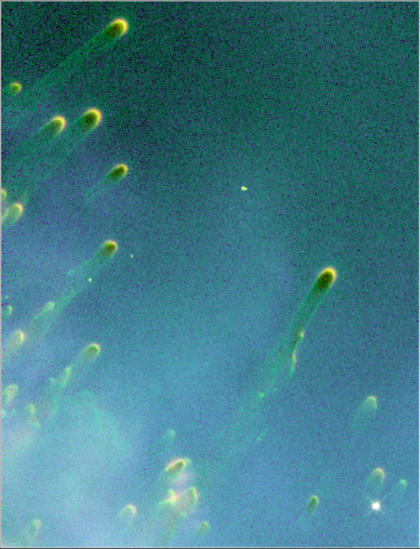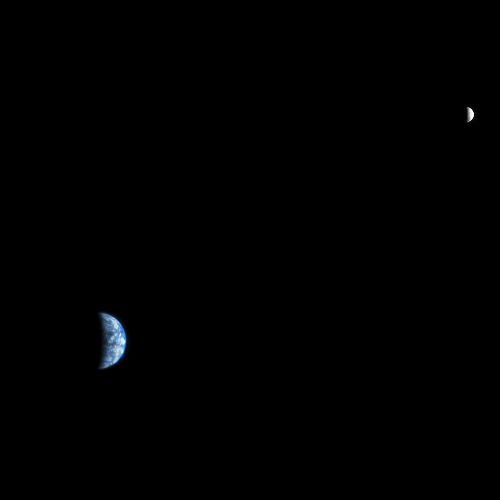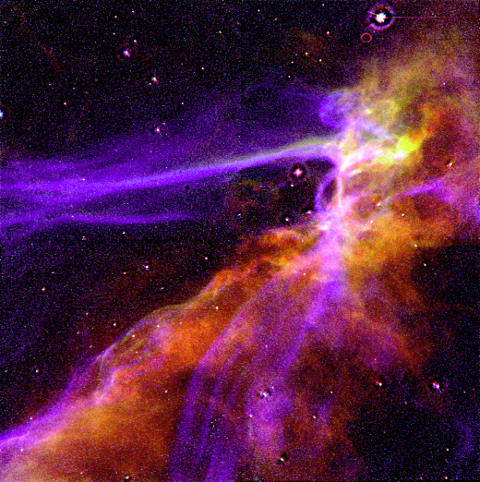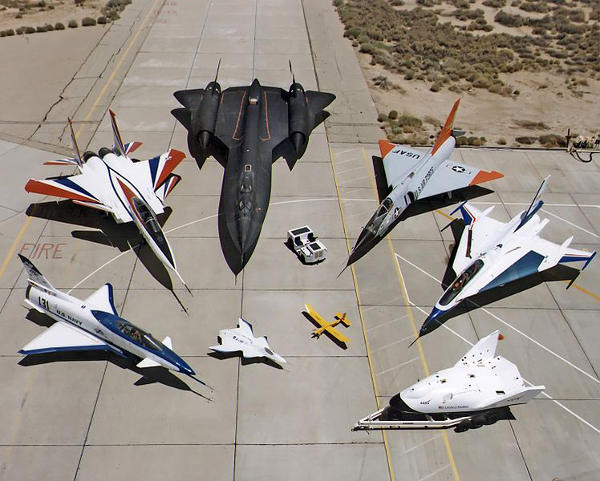
The circle of life and death is truly universal and as previously we have shown the birth of a star, thanks to the Hubble Space Telescope we can now look at the impending death of a star. The large tadpole-shaped objects are called “cometary knots” due to their resemblance to comets (glowing heads and gossamer tails). They are believed by scientists to be the last gasp of a dying star. The scale/size involved in these cometary knots is quite astounding, with the gaseous head believed to be twice the size of our solar system alone and each comet like tail stretching for up to 100 billion miles (1,000 times the distance between Earth and the Sun).


